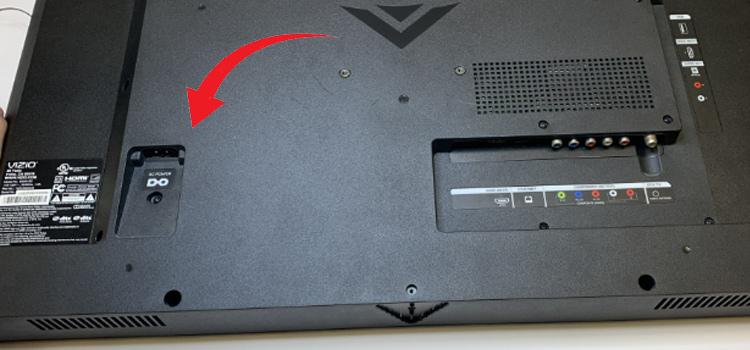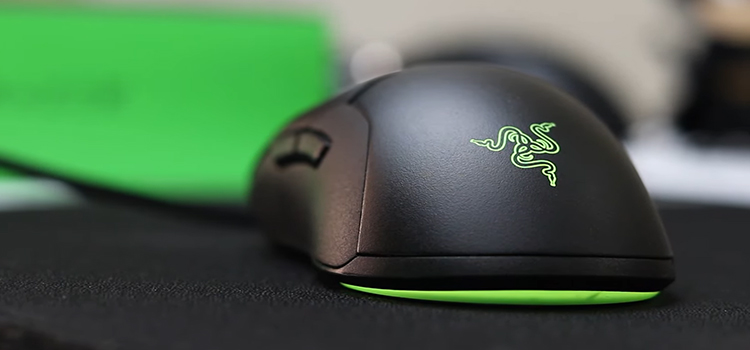What Motherboard Drivers Do You Need? ANSWERED
There I was, staring at the heart of my computer – the motherboard. It’s often compared to the nervous system of our body, connecting all the parts and making everything run smoothly. Yet, to do its job perfectly, it requires some specific software – drivers. Understanding these drivers felt like learning a new language initially, but soon, I had cracked the code.
Why Bother? Every piece of hardware communicates with your computer’s operating system through a software called a driver. Without the right drivers, hardware might not function correctly or might not be recognized at all. Think of it as trying to connect two people who speak different languages. The driver acts as the translator ensuring they understand each other.
Knowing which motherboard drivers you need can significantly improve your PC’s performance, reduce system crashes, and help you get the best out of your machine. So, let’s land on the world of motherboard drivers, one chip at a time.

What Exactly is a Motherboard Driver?
At its core, a motherboard driver is a piece of software that allows the operating system and the motherboard to communicate effectively. Think of it as the language or protocol that ensures both parties understand each other.
Breaking It Down: Why Is It Crucial?
- Bridge of Understanding: Every hardware component in a computer, whether it’s the audio chipset, Ethernet port, or USB interfaces, has its own specific way of functioning. The operating system, whether it’s Windows, MacOS, or Linux, needs a way to understand and control these components. That’s where drivers come into play.
- Optimization and Performance: A driver ensures that a particular component is running optimally. For instance, the right driver can make your graphics clearer, your internet connection stable, and your audio crisp.
- Hardware Recognition: Without the appropriate driver, an operating system might not recognize a component at all. This means a brand-new, high-end graphics card might sit idle just because the system doesn’t have the necessary driver to recognize and utilize it.
The Essentials: Core Motherboard Drivers
Here’s a more detailed breakdown of each driver and why they’re crucial for your system:
- Chipset Drivers
- What Are They? Chipset drivers are software components allowing the motherboard’s chipset to communicate effectively with the OS.
- Why Do You Need Them? The chipset is the backbone of data flow on your motherboard. Without these drivers, many of your system’s critical functions wouldn’t operate correctly, leading to degraded performance or total system failure.
- Audio Drivers
- What Are They? Audio drivers are responsible for translating motherboard’s audio chipset operations into signals the operating system can understand.
- Why Do You Need Them? Without them, your computer wouldn’t produce any sound, rendering any audio or video playback silent.
- Network Drivers (Ethernet & Wi-Fi)
- What Are They? Drivers that facilitate communication between the motherboard and network interfaces.
- Why Do You Need Them? They’re essential for any kind of network communication. Without these, you wouldn’t be able to connect to local networks or the internet.
- SATA (Storage) Drivers
- What Are They? Ensure communication between the motherboard and storage devices like SSDs or HDDs.
- Why Do You Need Them? Crucial for accessing, reading, or writing data to your storage devices. Without them, accessing your saved data or even booting up your OS might become impossible.
- Graphics/Video Drivers
- What Are They? Drivers are specific to the motherboard’s integrated graphics.
- Why Do You Need Them? They ensure that visuals are displayed correctly on your screen. Without these drivers, your display might not work, or graphics can be distorted.
Having the right drivers and keeping them updated is analogous to maintaining a well-oiled machine. Each part plays its role, and together, they ensure your computing experience is seamless and efficient.
The Often Overlooked: Additional Drivers
- USB Controller Drivers
- What Are They? Drivers specific to the motherboard’s USB ports.
- Why Do You Need Them? Essential for using USB devices. Without these, devices connected through USB might not be recognized or work correctly.
- RAID Controller Drivers
- What Are They? Necessary for motherboards that support RAID configurations.
- Why Do You Need Them? They ensure that RAID setups function as intended, crucial for data redundancy or improved performance setups.
- PCIe Drivers
- What Are They? Drivers for the PCIe slots on your motherboard.
- Why Do You Need Them? Any component plugged into a PCIe slot, be it a GPU, sound card, or Wi-Fi card, needs these drivers to function correctly.
- BIOS/UEFI Updates
- What Are They? Firmware updates for your motherboard.
- Why Do You Need Them? These updates can improve system stability, compatibility, and security. They can also resolve issues or bugs from previous versions.
- Thermal & Power Management Drivers
- What Are They? Drivers that help manage temperature and power usage.
- Why Do You Need Them? They help keep your system running efficiently and safely. Ensuring components don’t overheat and that power is used optimally is crucial for the longevity and performance of your system.
- Onboard Peripherals Drivers
- What Are They? Drivers for additional components integrated into the motherboard, like Bluetooth or Wi-Fi modules.
- Why Do You Need Them? Each additional component, if not recognized or utilized by the OS due to missing drivers, is essentially wasted. These drivers ensure you get the full functionality out of your motherboard.
Motherboard vs. Device Drivers: A Clarification
While the term “motherboard driver” is often used in general conversations, it’s more accurate to refer to them as “device drivers” associated with components on the motherboard. A motherboard will typically have a chipset driver, audio driver, SATA driver, etc. Each of these is specific to a particular function or component of the motherboard.
Then, there are other device drivers not directly linked to the motherboard, like those for a graphics card, printer, or external hard drive. These are necessary for the OS to communicate and control these external or added devices.
The Evolution Over Time
As technology has progressed, motherboard drivers have become more sophisticated. They’re regularly updated to fix bugs, improve performance, or add new features. This evolution ensures compatibility with newer hardware and software, and it’s why it’s essential to keep your drivers updated.
Tips for the Road
While it’s essential to install the necessary drivers, it’s equally crucial to keep them updated. Manufacturers often release updates to fix bugs, improve performance, or support new hardware. Here are additional tips:
- Use the Motherboard’s Official Website: Always download drivers directly from the manufacturer’s website to ensure you’re getting the genuine, malware-free version.
- Automatic Driver Software: Tools like Driver Booster or Driver Easy can help scan and update outdated drivers.
- Stay Informed: Subscribe to your motherboard manufacturer’s newsletter or alerts for the latest driver updates.
Journey’s End: Wrapping Up
Motherboard drivers might seem like a small piece of the puzzle, but they play an integral role in ensuring your PC runs seamlessly. Now, with this newfound knowledge, you’re ready to supercharge your computer experience.
Common Questions About Motherboard Drivers
1. How Often Should I Update My Motherboard Drivers?
While it’s not always necessary to chase every minor update, it’s wise to check for major updates or if you’re facing specific hardware issues. Usually, a quarterly check should suffice, unless you’re troubleshooting a particular problem.
2. Can I Harm My Computer By Installing The Wrong Drivers?
Incorrect drivers can lead to hardware malfunctions, system instability, and crashes. While it’s unlikely to cause permanent damage, it can be a nuisance and might require a system restore or driver rollback to fix.
3. How Do I Find Out Which Motherboard Drivers I Currently Have?
You can check the version of your installed drivers through the Device Manager on Windows. Another method is to use software utilities that provide detailed system information.
4. What Should I Do If A Driver Update Causes Issues?
First, don’t panic. Windows allows you to roll back drivers to a previous version. Access the Device Manager, right-click on the problematic device, select ‘Properties’, and under the ‘Driver’ tab, you’ll find the ‘Roll Back Driver’ option.
5. Are Third-Party Driver Updaters Safe To Use?
While there are many reputable third-party driver updating tools, always exercise caution. Some might contain malware or adware. Always download from trusted sources and, when possible, rely on the motherboard manufacturer’s official website.
6. Do Macos And Linux Also Require Motherboard Drivers?
Both macOS and Linux handle drivers differently from Windows. macOS, being hardware-specific (only meant for Apple products), often has the necessary drivers pre-installed. Linux, on the other hand, has a vast majority of drivers built into the kernel, but for some hardware, you might need to manually install drivers.
7. Is It Necessary To Restart My Computer After Updating A Driver?
While some drivers might require a restart to function correctly, others might not. However, it’s always a good practice to reboot after updating drivers to ensure they’re integrated properly.
8. How Do I Know If A Driver Update Improved Anything?
Some updates might bring noticeable improvements, like better graphics or sound quality. Others might be under-the-hood fixes for stability or security. Always check the update notes or changelog to understand what changes were made.
Subscribe to our newsletter
& plug into
the world of technology





